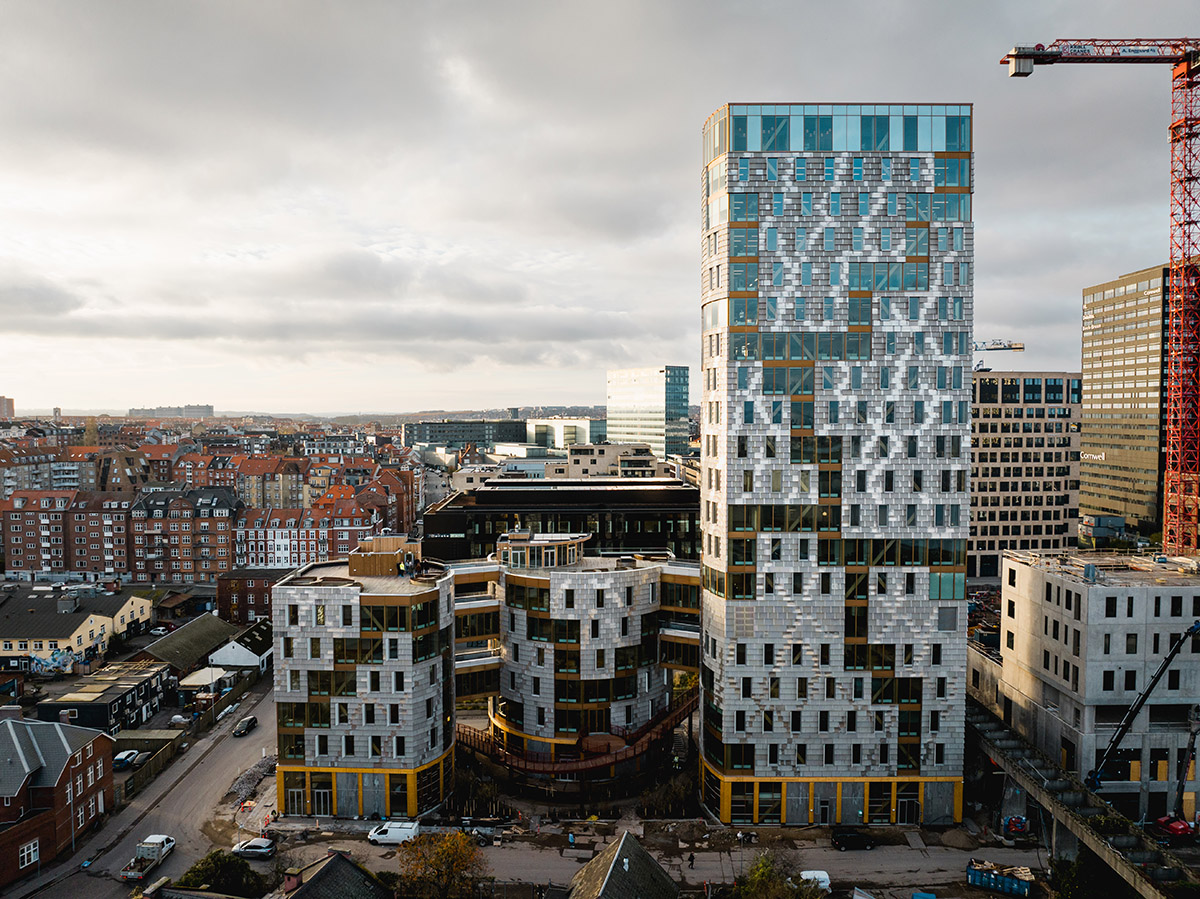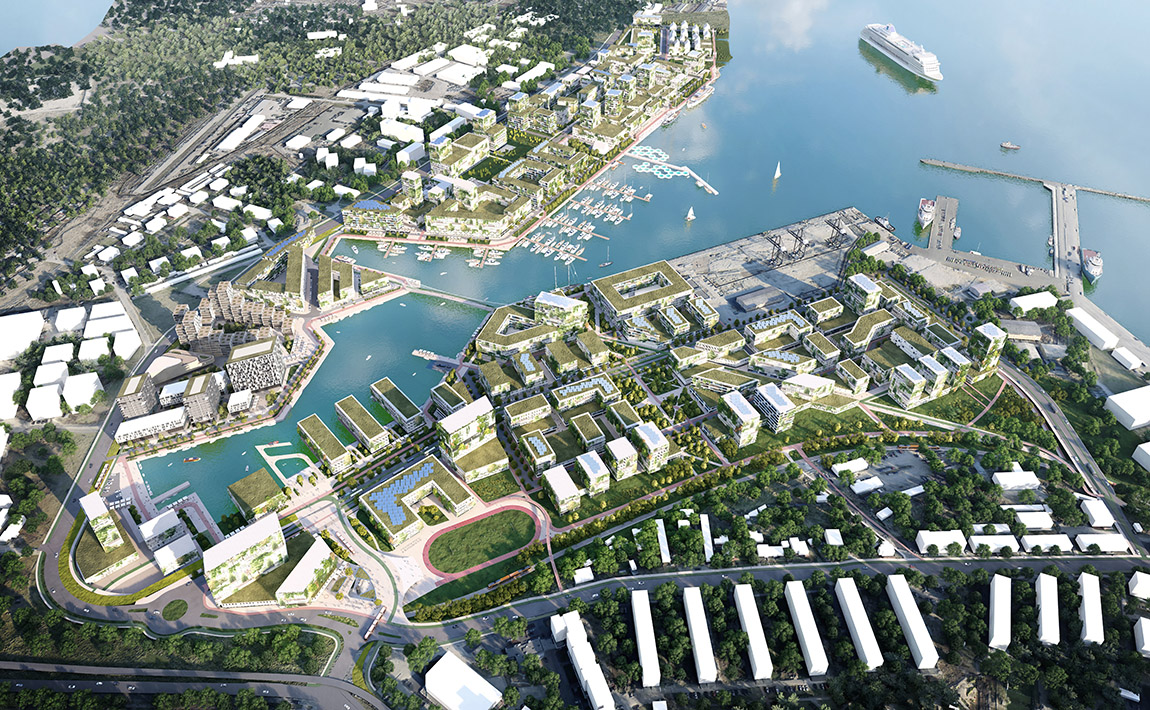VÅG: Architecture in the North
By Eva-Kristin U. Pedersen
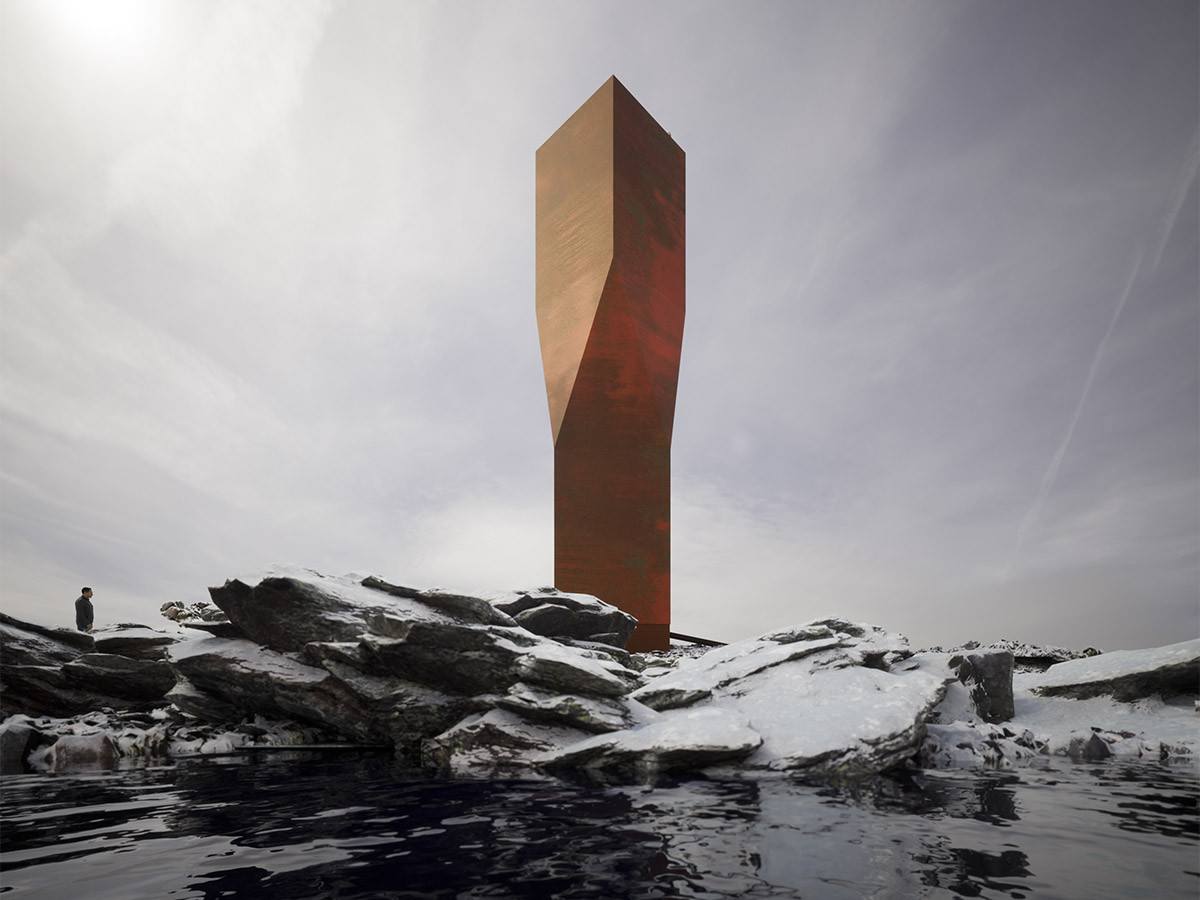
Arctic Landscape Park. Photo: VÅG
The architects at VÅG bring the world to Lofoten and Lofoten to the world – with sustainable, locally-anchored projects that go beyond traditional architecture.
Of all of Norway’s enchanting coastline, the Lofoten islands have a special reputation. Known as some of the most beautiful islands in the world, Lofoten attracts tourists from all continents. It is as if all of the country’s natural beauty is concentrated in these wonderous islands, where the deep blue sea and steep, majestic mountains produce a unique combination of scale and beauty.
In recent years, the allure of Lofoten has made it a prime spot for tourism as well as for a whole range of creative professionals, digital nomads and others looking for a cut of the Lofoten boom.
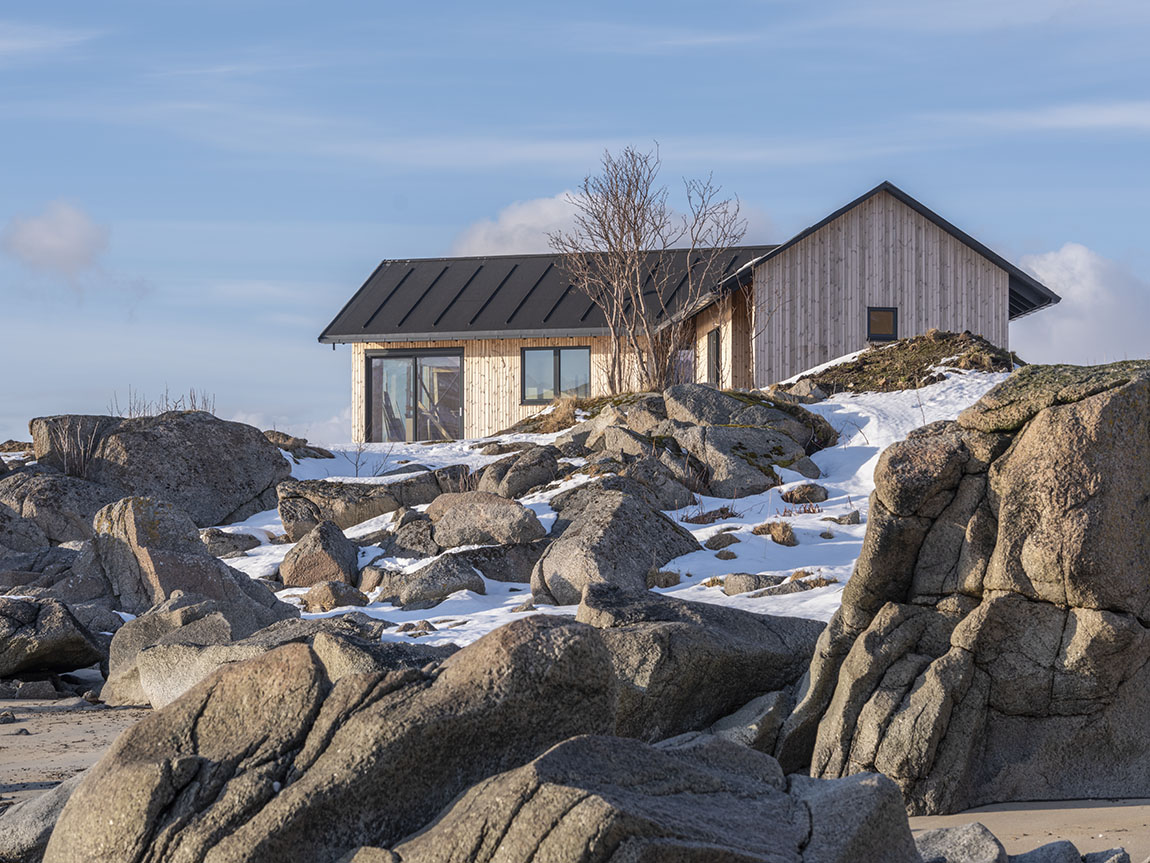
Cabin at Sund. Photo: Stephen Citrone
A Norwegian Klondike
“There’s a bit of a Klondike atmosphere here right now,” explains Markus Schwarz. Schwarz runs architectural studio VÅG Lofoten AS together with his partner, Tora Arctander. Originally from Germany, Schwarz has worked on projects all over Europe, including on the Champs Elysées in Paris, but now finds himself on a remote island tucked between tall Norwegian mountains.
It was love that made Schwarz make the journey. Tora, his partner in life as well as in business, was born and raised in Lofoten. After some years in Oslo, the couple decided to move north and, in Lofoten, found opportunities for architects that gave reason to remain.
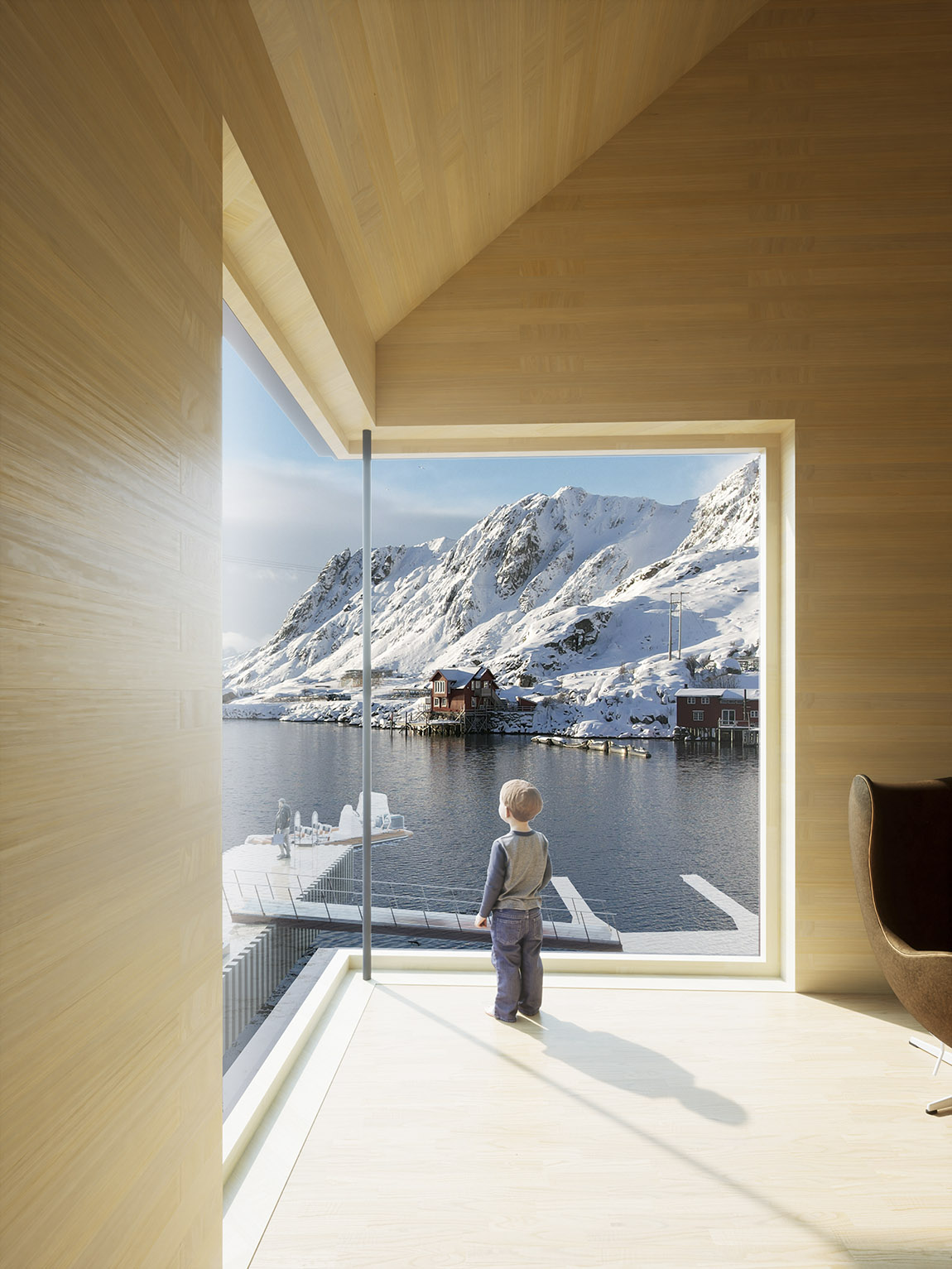
Destination Gjermesøya. Photo: VÅG
More than buildings
“Being a small studio in a rural setting means we cannot be specialists. We need to be generalists who can deal with a large variety of challenges, typologies and scales. Architecture is so much more than the building itself; we see each of our projects as an opportunity to learn more about our surroundings and as a way to participate in the community we live in. That being said, the core of our work will always be to design beautiful and well thought-through buildings and public spaces,” says Arctander.
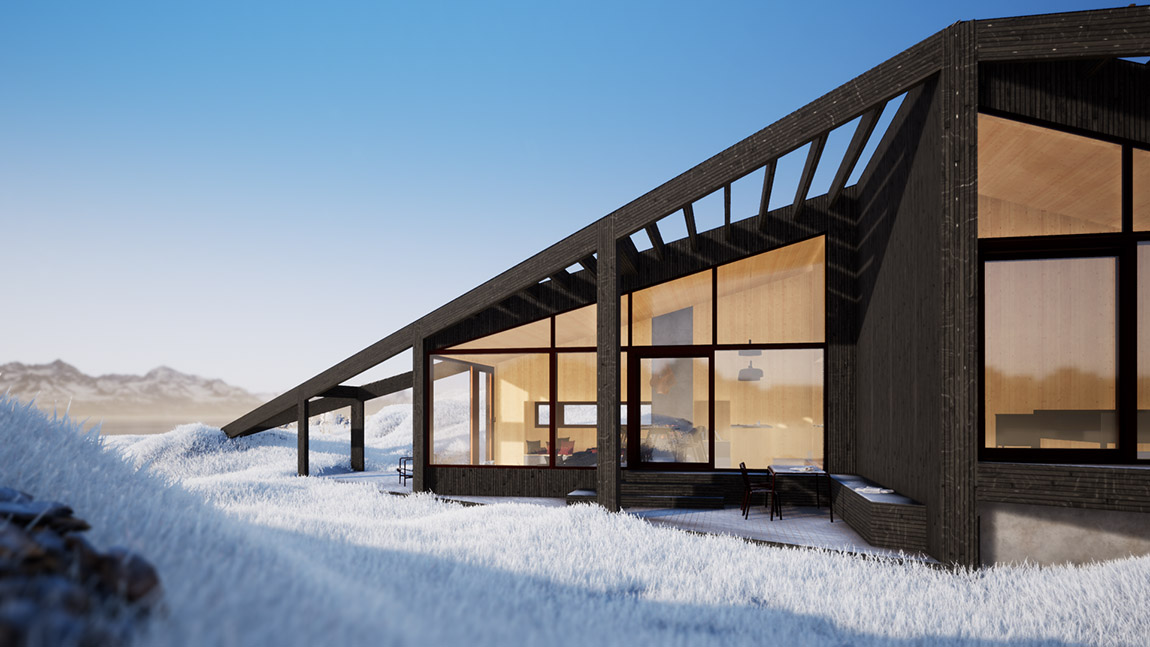
Cabin By The Sea. Photo: VÅG
She adds that it is inevitable, working with architecture in the particular conditions in Lofoten, that architects also become involved in zoning plans and master-planning projects.
“There are few people here and each single project has much more impact than what it would have had in an urban context. We work hard to find solutions that are good for everyone. In addition, there is not that much space to build on – the mountains are high and the sea is a natural boundary. As architects, we need to look at the bigger picture and Lofoten is a very different context than a city would be,” Schwarz underlines. “We work on unique and really spectacular sites here,” Arctander adds.
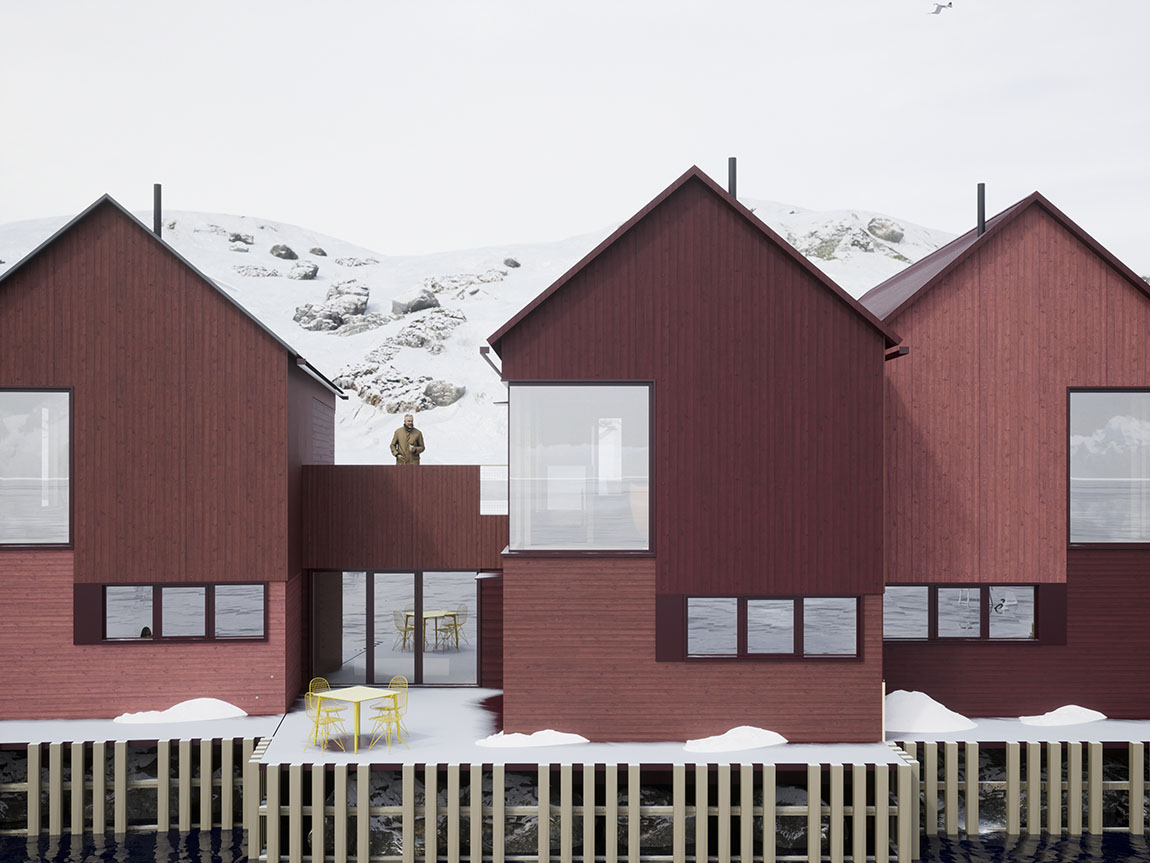
Destination Gjermesøya. Photo: VÅG
Responsibility to protect
Having grown up in Lofoten, however, she is also keenly aware of the importance of balancing new constructions with local tradition and needs. Conflicts can easily arise in small local communities; from one day to another you may find that the entire world is knocking on your door.
“There is good and bad development. As architects, we need to anchor projects in a local context,” Arctander stresses, adding that such local context does not necessarily mean reproducing maritime patterns and motifs, but goes far beyond that, and should be based on an understanding of local construction techniques and aesthetics. Yet, while respecting the existing, there is still room for new expressions and contemporary architecture. In many cases, reproduction can even be more harmful than adding something new.
This need to tread carefully is particularly acute in Lofoten; the islands are a natural treasure that need to be taken care of. The construction sector has a huge negative impact on the environment and lowering emissions is a responsibility the architects at VÅG take seriously. Schwarz and Arctander underline that they always base their work on sustainability and that they make sure to suggest environmentally friendly solutions to their clients.
“Economic incentives for environmentally friendly constructions have changed many clients’ perspectives on sustainable building. For many of our clients this has become an increasingly important sales argument,” Schwarz says.
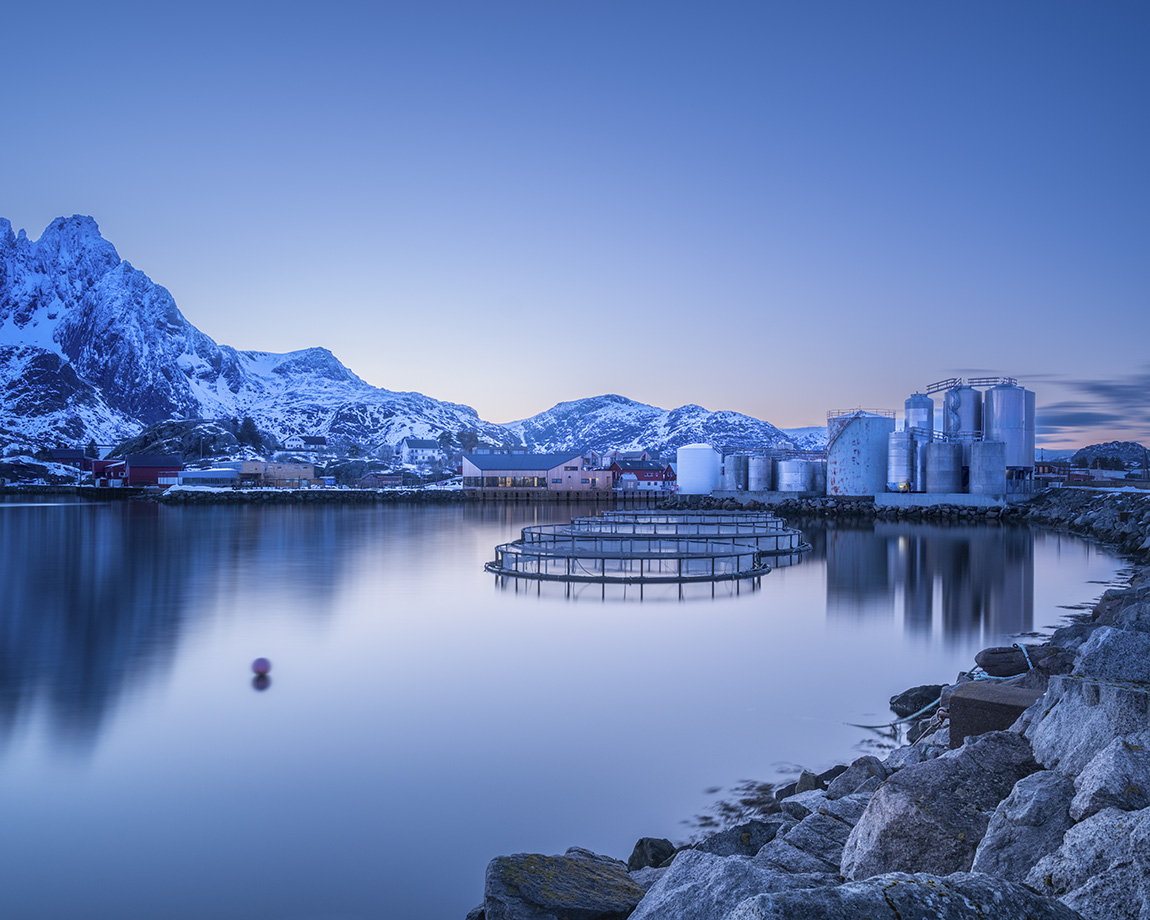
Hattvika Lodge. Photo: Stephen Citrone
Inspiration goes both ways
While VÅG is based in Lofoten, their architects do not limit their work to the islands, but take on projects all over Norway. Wherever they work, both Schwarz and Arctander underline that natural beauty is a source of inspiration in a creative profession such as theirs. At the same time, however, both architects stress the need for the type of inspiration rooted in human encounters. To make sure they stay in touch with and get inspiration from the external world, Schwarz and Arctander travel regularly and maintain a broad international network.
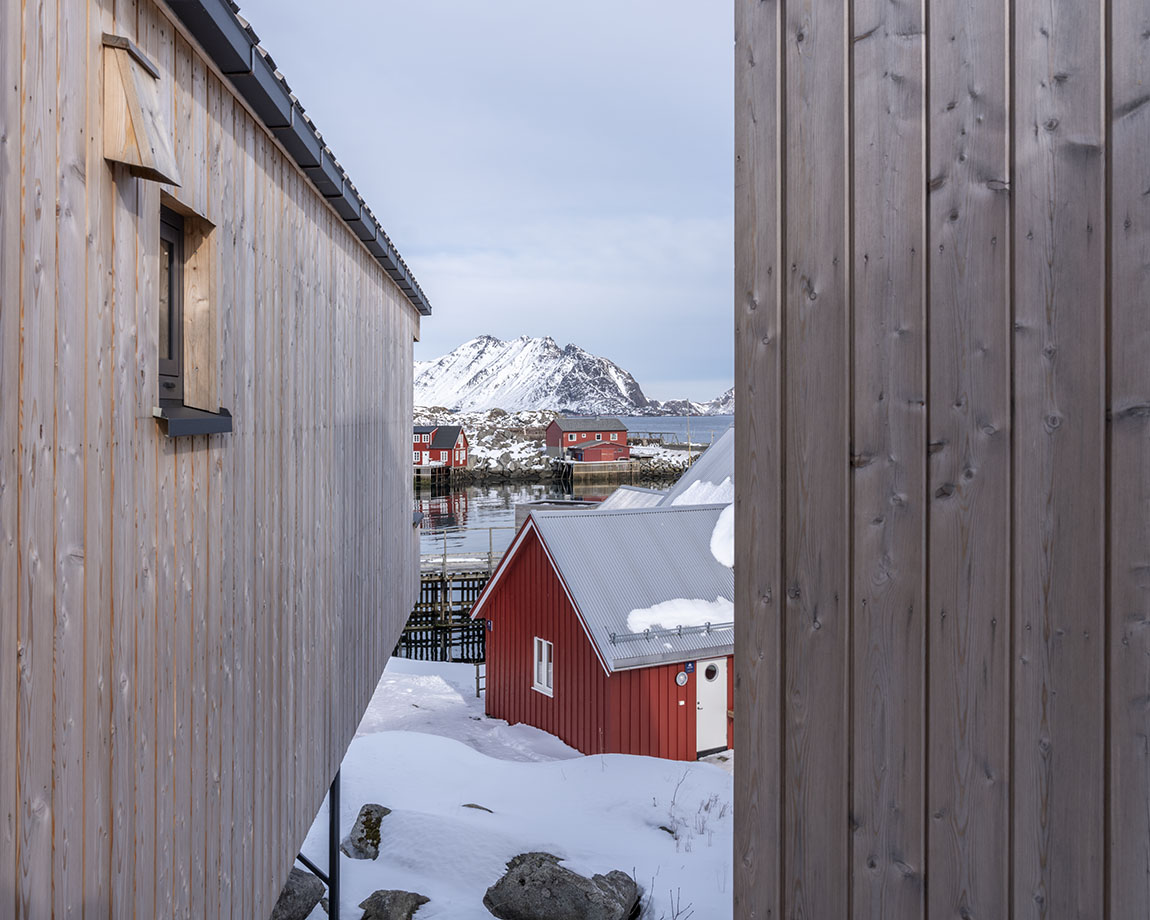
Hattvika Lodge. Photo: Stephen Citrone
In that way, VÅG brings know-how and inspiration from the outside to Lofoten, while making sure that whatever they design contributes positively to the future of what remains a small and fragile community. At the same time, they bring the beauty of Lofoten with them as a source of inspiration when working elsewhere.
That two-way flow is an apt metaphor for all that is happening in Lofoten right now. These small islands that, for centuries, were a very small Norwegian fishing community, have become a magnet for people from all over the world. That massive external influence needs to be tempered and fitted into a particular local context. That is the essence of what the architects at VÅG do.

Hattvika Lodge. Photo: Stephen Citrone
Web: www.vaag.net Instagram: @vaag_lofoten Facebook: vaaglofoten Vimeo: user133617126 Pinterest: VAAG_LOFOTEN
Subscribe to Our Newsletter
Receive our monthly newsletter by email

